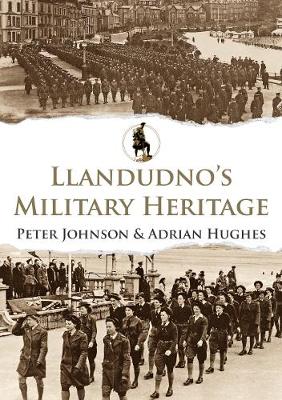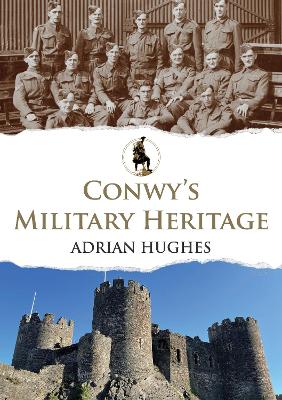Military Heritage
2 total works
The north Wales seaside resort of Llandudno developed in the 1850s from a scatter of small settlements on the slopes of the Great Orme. The Iron Age defences of Pen Dinas hill fort and the presence of Roman coin hoards suggest local military conflict, and skirmishes are recorded from the time of the Vikings. In later centuries the focus for military activity stretches a mile or so down the Conwy Valley to the castles of Deganwy and battles between Welsh and English. Llandudno became embroiled in the invasion of Edward I when he gave the Bishop of Bangor land on the Great Orme to build a 'palace'. This was sacked in Owain Glyndwr's revolt of the early 1400s. With the rise of Britain's empire copper was mined, partly to provide cladding for the wooden-hulled ships of her navy. By the twentieth century significant military training establishments were based in the area, as were prisoner-of-war camps and convalescent homes for military personnel. In 1915 a German U-boat attempted to pick up escaped POWs in Llandudno Bay, and the town was chosen as the new location for the Royal Artillery's Coast Artillery School and the Inland Revenue. In Llandudno's Military Heritage authors Peter Johnson and Adrian Hughes cover all this and more, showing the impact that the military has had on this north Wales town, its combatants and its citizens over the centuries.
Conwy has been involved in military conflict for over two thousand years. The Iron Age hillfort of Caer Seion defended the area from the sixth century BC. Many slingshot stones have been discovered here, attesting to troubled times. In 881 the Welsh defeated an Anglo-Saxon army led by Aethelred of Mercia. The most spectacular outcome of Conwy's strategic military significance at the mouth of the River Conwy was Edward I's mighty castle, creating a walled town. In 1399 Richard II sought refuge in Conwy Castle against the future Henry IV's forces and the castle was besieged again during the English Civil War by Parliamentary forces. An army camp was established at Morfa in the nineteenth century, becoming home to the Salford Pals and the Royal Engineers in World War 1 and a Polish resettlement camp after the First World War. During the First World War, the sulphur mine at Caer Coch was the country's largest producer of sulphur, vital for munitions. Conwy also played a vital role in World War 2 as Mulberry Harbours, crucial for the Normandy landings were initially designed and then assembled here, and Ratcliffe Engineering built parts for Beaufighter and Halifax aircraft. The town was also a centre of prisoner of war camps in the area and despite some accounts of conflict between townsfolk and prisoners, relations were generally harmonious and some ex-prisoners married and settled in the area after the war.
This book will be of interest to all those who would like to know more about Conwy's remarkable military history.
This book will be of interest to all those who would like to know more about Conwy's remarkable military history.

